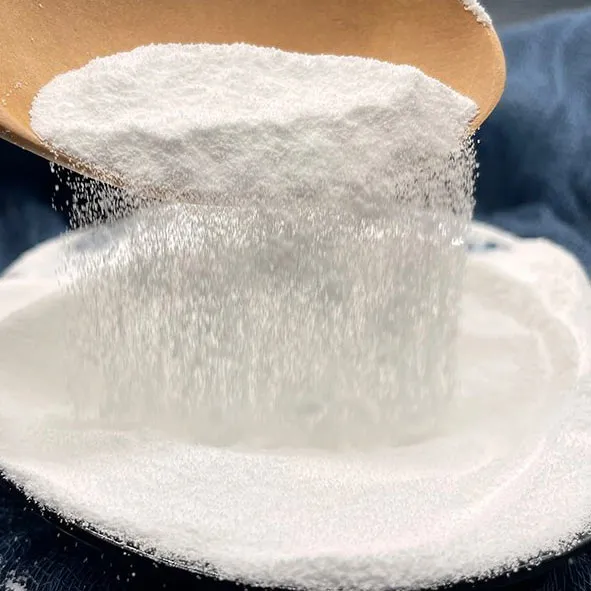
Hydroxypropyl Methylcellulose Phthalate: Reliable Enteric Coating?
Enteric Coating With a Real-World Edge: Hydroxypropyl Methylcellulose Phthalate
If you formulate oral solids, you’ve almost certainly wrestled with delayed release. I have—too many pilot trials to count. That’s why Hydroxypropyl Methylcellulose Phthalate has turned into a bit of a fixture in my notebook. It’s an enteric film former that dissolves above target pH ranges, protecting actives in gastric media and releasing them where it matters. Origin-wise, this one ships from Room 2308, Dongsheng Plaza 2, No. 508 Zhongshan East Road, Chang’an District, Shijiazhuang, Hebei, China—worth noting for audit trails.

Why it’s trending
The shift to precision release (think microbiome, peptide protection, and gut-targeted small molecules) is pushing formulators toward robust enterics. Honestly, supply chain consistency and pharmacopoeial coverage are non‑negotiable now. Hydroxypropyl Methylcellulose Phthalate hits that sweet spot: predictable pH-triggered solubility, low odor, clean film formation, and solid regulatory pedigree.
Core specs (quick glance)
| Parameter | Typical Value (≈/range) | Notes |
|---|---|---|
| Grades | HP-50, HP-55, HP-55S | Aligned to pH thresholds |
| Dissolution pH | ≈5.0 (HP‑50); ≈5.5 (HP‑55); ≈5.8–6.0 (HP‑55S) | Real-world use may vary with plasticizer/film weight |
| Viscosity | ≈50–150 mPa·s (2% in acetone/water 9:1) | Brookfield, 20–25°C |
| Phthalyl content | ≈21–35% | Per pharmacopoeia limits |
| Loss on drying | ≤5.0% | USP/EP/JP aligned |
| Shelf life | 24 months unopened | Cool, dry storage |
Process flow (how teams really run it)
- Materials: Hydroxypropyl Methylcellulose Phthalate, plasticizer (TEC/DEP 10–25% w/w polymer), anti-tack (talc 25–50%), solvent (acetone/water or IPA/water).
- Method: disperse talc; polymer solution to clarity; add plasticizer; solids ≈8–12%; spray at inlet 45–60°C (aqueous), 30–40°C (organic), exhaust controlled to avoid tack.
- Targets: weight gain 4–8% for tablets; acid stage resistance 120 min at pH 1.2 with NMT 10% release.
- Testing: USP Dissolution, Apparatus 2, 100 rpm; switch to phosphate buffer pH 6.8 for release profile. Film adhesion per in‑house tape test; friability per USP .
- Service life in product: film integrity typically 24–36 months, verified via accelerated 40°C/75%RH (ICH Q1A) and real-time data.
Where it fits
Applications: enteric tablets, pellets, granules, microcapsules, and occasionally as a sustained‑release skeleton when blended with neutral cellulose. Industries: Rx, OTC, nutraceuticals, enzymes, probiotics. Advantages? Clean, glossy films; predictable pH trigger; decent spray latitude. Many customers say they get fewer stickiness events after switching from CAP, which tracks with what I’ve seen.

Vendor snapshot (realistic comparison)
| Vendor | Pharmacopeias | Lot-to-lot RSD (viscosity) | Lead time |
|---|---|---|---|
| Tangzhi (China) | USP/EP/JP | ≈3–6% | 2–4 weeks |
| Vendor B (EU) | EP/USP | ≈4–7% | 3–6 weeks |
| Vendor C (JP) | JP/EP/USP | ≈2–5% | 4–8 weeks |
Note: values are indicative; confirm with COA and your QA.
Customization and data points
- Custom dissolution thresholds via grade blending of Hydroxypropyl Methylcellulose Phthalate.
- Color dispersions pre‑matched to Pantone; aluminum lake pigments validated for migration.
- Typical acid hold: NMT 5% release at 120 min, pH 1.2; buffer release: ≥80% in 30–45 min (n=6). Your mileage may vary with core porosity.
Mini case notes
Enzyme capsules: after switching to Hydroxypropyl Methylcellulose Phthalate HP‑55S at 6% gain with TEC 20%, one client saw acid breakthrough drop from 18% to 3%. Another nutraceutical brand reports fewer tack alarms and faster ramp‑up after optimizing exhaust temperature (simple fix, surprisingly).
Compliance
Monograph coverage in USP–NF, EP, and JP; residual solvents per ICH Q3C; dissolution by USP . Check FDA IID for per‑dosage safety. GMP batches with CoA/CoC are standard asks now, and rightly so.
References
-
Reliable Powdered Cellulose Supplier: Quality, Sustainability & InnovationNewsNov.24,2025
-
Find Trusted Microfibrillated Cellulose Suppliers for Sustainable Industrial SolutionsNewsNov.24,2025
-
Leading Methocel Suppliers: Quality, Innovation & Sustainability in Methylcellulose SupplyNewsNov.23,2025
-
Reliable Hydroxyethylcellulose Suppliers for Industry & Sustainability | Tangzhi HPMCNewsNov.23,2025
-
Top Ethyl Cellulose Supplier – Quality, Sustainability, and Industrial SupportNewsNov.23,2025
-
Trusted CMC Powder Suppliers for Food, Pharma & Industrial Use | Tangzhi HPMCNewsNov.22,2025





















